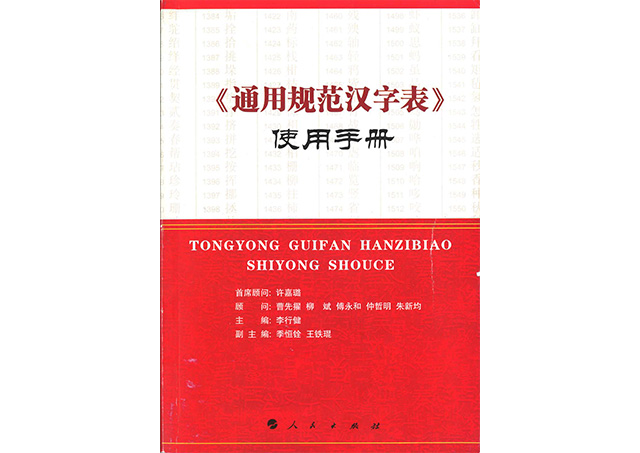
As the title makes blatantly obvious, today we will cover a topic about China (中华人民共和国 zhōnghuá rénmín gònghéguó).
Continue reading…


As the title makes blatantly obvious, today we will cover a topic about China (中华人民共和国 zhōnghuá rénmín gònghéguó).
Continue reading…

For those who are not aware, there are twelve IDCs (Ideographic Description Characters) in Unicode, from U+2FF0 through U+2FFB, that are used in IDSes (Ideographic Description Sequences) which are intended to visually describe the structure of ideographs by enumerating their components and arrangement in a hierarchical fashion. Any Unicode character can serve as a IDS component, and the IDCs describe their arrangement. The IRG uses IDSes as a way to detect potentially duplicate characters in new submissions. All existing CJK Unified Ideographs have an IDS, and new submissions require an IDS.
This article describes a technique that uses IDSes combined with OpenType functionality to pseudo-encode glyphs that are unencoded or not yet encoded. If memory serves, it was Taichi KAWABATA (川幡太一) who originally suggested this technique.
Continue reading…
[For those who are interested in reading my own release notes for the Adobe-Japan1-6 UTF-32 CMap resource history, which includes the non-JIS2004 ones, I made them available here on January 20, 2016.]
I was recently asked, indirectly via Twitter, about changes and additions that were made to our JIS2004-savvy CMap resources, specifically UniJIS2004-UTF32-H and UniJISX02132004-UTF32-H. The former also includes UTF-8 (UniJIS2004-UTF8-H) and UTF-16 (UniJIS2004-UTF16-H) versions that are kept in sync with the master UTF-32 version by being automagically generated by the CMap resource compiler (and decompiler), cmap-tool.pl, which I developed years ago.
Of course, all of these CMap resources also have vertical versions that use a “V” at the end of their names in lieu of the “H,” but in the context of OpenType font development, the vertical CMap resources are virtually unused and worthless because it is considered much better practice to explicitly define a ‘vert‘ GSUB feature for handling vertical substitution. In the absence of an explicit definition, the AFDKO makeotf tool will synthesize a ‘vert’ GSUB feature by using the corresponding vertical CMap resources.
With all that being said, what follows in this article is a complete history of these two CMap resources, which also assign dates, and sometimes notes, to each version.
Continue reading…